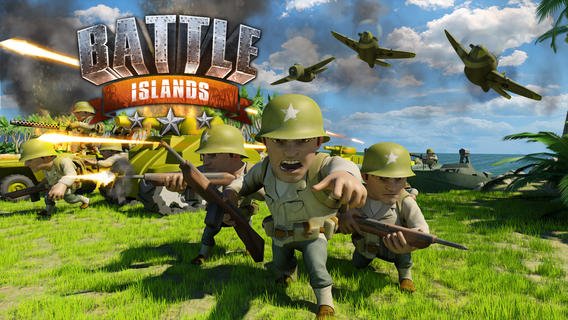

The Battle of Okinawa, code named Operation Iceberg, was a series of battles fought in the Japanese Ryukyu Islands, centered on the island of Okinawa. Historians debate whether it was strategically worth the casualties sustained. The Japanese losses totaled well over 20,000 men killed, and only 1,083 prisoners were taken. The Japanese fought to the last man, killing 6,800 Marines and wounding nearly 20,000 more. For the rest of February, the Americans pushed north, and by March 1 had taken two-thirds of the island, but it was not until March 26 that the island was finally secured. Navy Secretary James Forrestal, upon seeing the flag, remarked “there will be a Marine Corps for the next 500 years.” The flag raising is often cited as the most reproduced photograph of all time and became the archetypal representation not only of that battle, but of the entire Pacific War. On February 23, the 28th Marine Regiment reached the summit of Suribachi, prompting the now famous Raising the Flag on Iwo Jima picture.

By the end of the day, the Marines reached the west coast of the island, but their losses were appalling: almost 2,000 men killed or wounded.

As soon as the Marines pushed inland to a line of enemy bunkers, they came under devastating machine gun and artillery fire which cut down many of the men. This was part of Kuribayashi’s plan to hold fire until the landing beaches were full. For some time, they did not come under fire. On February 19, 1945, some 30,000 men of the 3rd, 4th, and 5th Marine Divisions landed on the southeast coast of Iwo, just under Mount Suribachi, where most of the island’s defenses were concentrated. However, Kuribayashi’s hidden guns and defenses survived the constant bombardment virtually unscathed.

Starting in mid-June 1944, Iwo Jima came under sustained aerial bombardment and naval artillery fire. The network of bunkers and pillboxes greatly favored the defender. Their pillboxes and bunkers were all connected so that if one was knocked out it could be reoccupied again. The heavy American naval and air bombardment did little but drive the Japanese further underground, making their positions impervious to enemy fire. General Tadamichi Kuribayashi, the commander of the island’s defense, knew that he could not win the battle but hoped to make the Americans suffer far more than they could endure.įrom early 1944 until the days leading up to the invasion, Kuribayashi transformed the island into a massive network of bunkers, hidden guns, and 11 miles of underground tunnels. Holland Smith, the commander of the invasion force, aimed to capture the island and use its three airfields as bases to carry out air attacks against the Home Islands. Iwo Jima was an eight-square-mile island situated halfway between Tokyo and the Mariana Islands. The battle of Iwo Jima (“Operation Detachment”) in February 1945 was one of the bloodiest battles fought by the Americans in the Pacific War. “typhoon of steel” American nickname for the battle of Okinawa, named for the ferocity of the fighting, the intensity of Japanese kamikaze attacks, and the sheer numbers of Allied ships and armored vehicles that assaulted the island. Key Terms island hopping A military strategy employed by the Allies in the Pacific War against Japan to bypass heavily fortified Japanese positions and instead concentrate the limited Allied resources on strategically important islands that were not well-defended but were capable of supporting the drive to the main islands of Japan. Many military historians believe that the Okinawa campaign led directly to the atomic bombings of Hiroshima and Nagasaki as a means of avoiding the planned ground invasion of the Japanese mainland.At Okinawa, the Americans suffered 75,000 casualties on the ground 94% of the Japanese soldiers died along with many civilians.sought airbases for 3,000 B-29 bombers and 240 squadrons of B-17 bombers for the intense bombardment of Japan’s home islands in preparation for a full-scale invasion in late 1945. The largest and bloodiest American battle of the Pacific theater came at Okinawa, as the U.S.Army as a staging base and useless to the U.S. After the heavy losses incurred in the battle, the strategic value of the island became controversial it was useless to the U.S.Marines landed on and eventually captured the island of Iwo Jima from the Japanese Imperial Army during World War II. The Battle of Iwo Jima (February 19 – March 26, 1945) was a major battle in which the U.S.


 0 kommentar(er)
0 kommentar(er)
